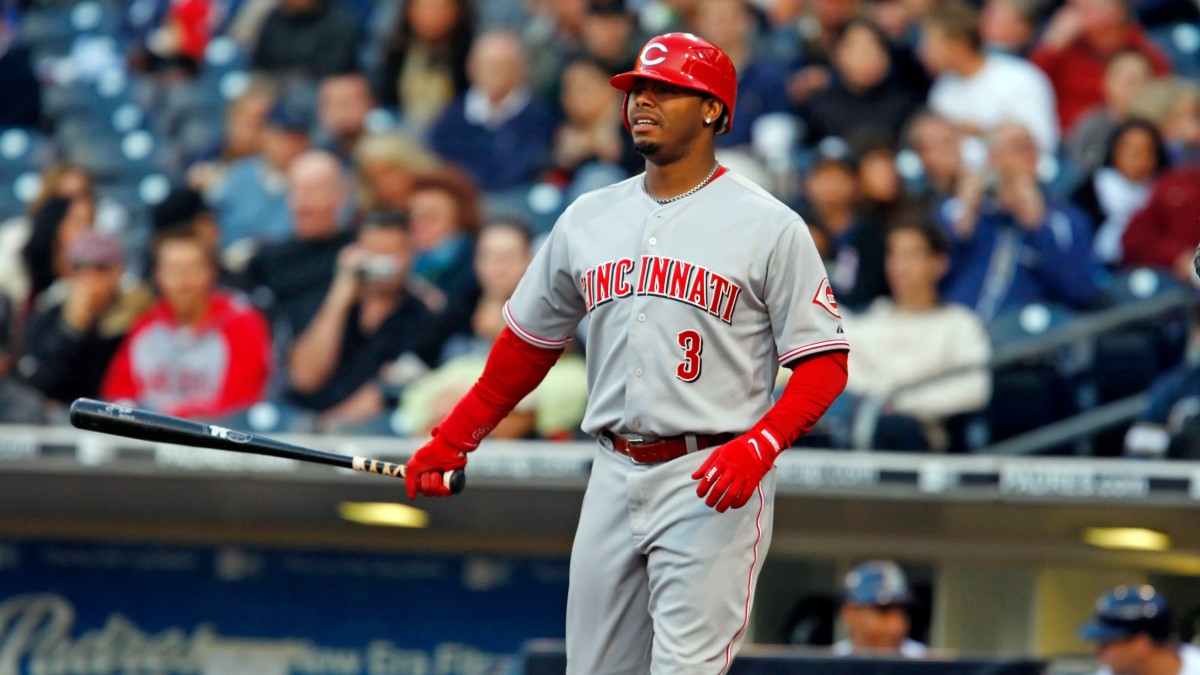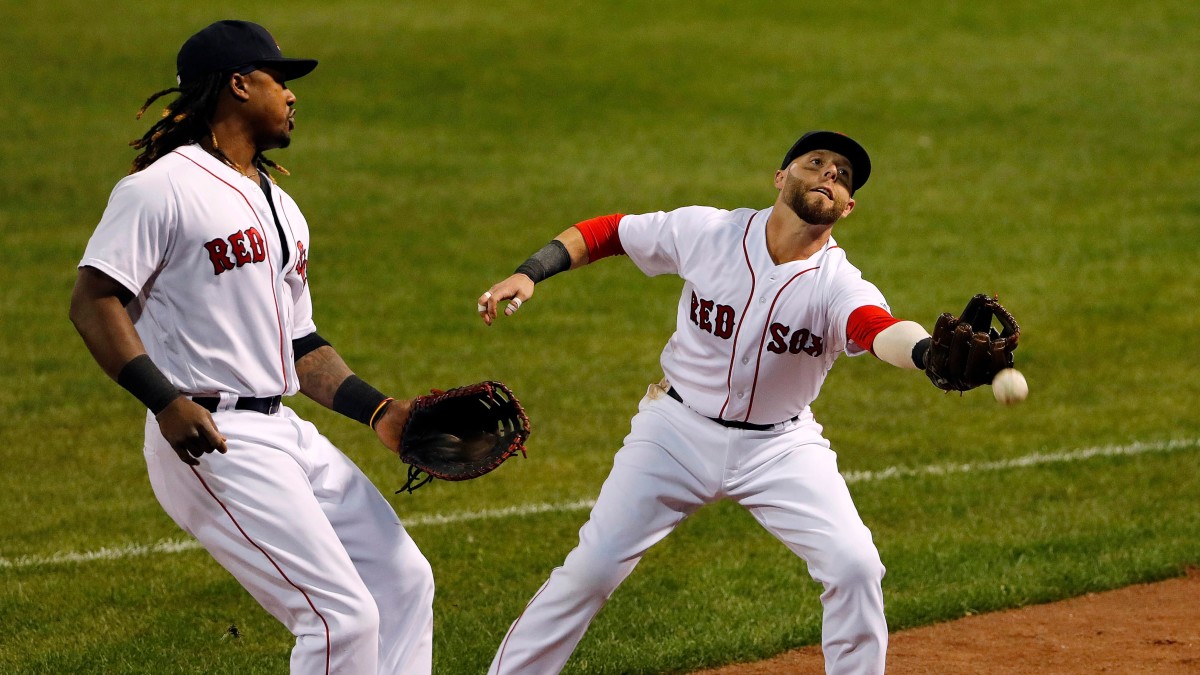MLB Teams Paying Deferred Salaries in 2023

Every year on July 1, baseball fans from the snarkiest corners of internet emerge to commemorate a day that draws groans from the greater Queens area: Bobby Bonilla Day.
It’s that special day, of course, when former All-Star third baseman Bobby Bonilla—who last appeared in an MLB game in 2001—receives $1.19 million from the Mets as part of his contract with the team that guaranteed him a seven-figure payday each year from ’11 to ’35. It’s a contractual provision known as deferred money, and even though the tactic can be beneficial to teams for accounting purposes, they without fail make them the butt of many jokes in the public arena.
But while Bonilla and the Mets are the poster children for deferred contracts, the practice is more common than perhaps the average fan thinks. Below are a few notable names who are set to get paid in 2023 by teams they no longer play for—some of whom haven’t set foot on a baseball diamond in a long, long time.
2023 Deferred Salaries
Ken Griffey Jr.
Griffey arrived in Cincinnati ahead of the 2000 season with much fanfare. The former prodigy and 10-time All-Star had led the American League in homers for three consecutive seasons before donning the Reds uniform, and though he hit 40 homers and earned another All-Star nod in his debut season with his new team, his time in Cincinnati was marked by injuries and, ultimately, disappointment.
Fast forward 15 years since he last played for the team, and Griffey still finds himself on Cincinnati’s payroll to the tune of $3.6 million in 2023. That’s more than all but two players on the team’s actual roster, which shouldn’t come as a total shock considering Cincinnati has the fifth-lowest payroll in the majors, per Spotrac. It’s been 28 years since the Reds last won a playoff series, and paying 53-year-olds more than nearly every player on the roster is not going to help end that skid.

Chris Davis and Co.
Chris Davis is the headliner here, but man, do the Orioles like paying money to players who don’t actually play for them. Davis’s 47-homer campaign in 2015 earned him a seven-year, $161 million deal to stay in Baltimore. He subsequently put together two substandard seasons before completely bottoming out, posting a .169/.251/.299 slash line across 249 games from ’18 to ’20, eventually retiring in ’21. He’ll make over $9 million in deferred salary this season, just shy of Kyle Gibson’s $10 million as the team’s highest-paid player.
Davis isn’t the only one Baltimore is paying to not play baseball in 2023. San Francisco’s Alex Cobb will get $4.5 million from the Orioles this year, while the recently retired Darren O’Day will make $1 million. Rounding out the roster of deferred payment All-Stars? A familiar face: Bobby Bonilla, who will make $500,000.
Manny Ramirez and Dustin Pedroia
A pair of Red Sox legends will still show up on the books in 2023, even as the team cuts costs and enters the season apparently shifting gears. Boston has the 14th-highest payroll in the league this year, spending in the middle of the pack despite being MLB’s third-most valuable franchise. Ramirez helped the Red Sox break the Curse of the Bambino and was the 2004 World Series MVP. It’s been 15 years since he was traded to the Dodgers, but he’ll take home a little over $2 million this year.

Pedroia debuted in 2006 and spent his entire career with the Red Sox, helping win two World Series titles. He last appeared in a game in ’19 and officially retired in ’21, but he’ll still make $2 million in ’23. Though these two payments aren’t necessarily related to the decision not to retain Xander Bogaerts in free agency, the dissonance is nonetheless a lot for Red Sox fans to process as the team comes off a last-place finish.
Todd Helton and Vinny Castilla
Helton and Castilla spent parts of five seasons as Rockies teammates, and though they each experienced individual success, they never played in the postseason together. The pair won’t break Colorado’s bank in 2023: Helton will make $1.3 million, while Castilla will get a little over $100,000. But spending any amount of money on one player who was on the first Rockies season in history and another who’s going on a decade since his retirement certainly doesn’t present as a winning strategy.
